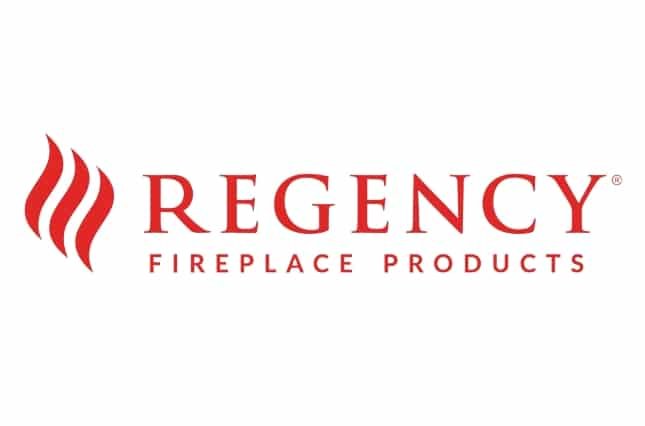Chimney Inspections
Chimney inspection and cleaning are two key factors that can ensure the soundness and safety of your chimney.
Crown Chimney’s expert chimney professionals are certified by the Chimney Safety Institute of America (CSIA) and the National Fireplace Institute (NFI) to perform the three levels of chimney inspection, in accordance with the Chimney Safety Institute of America (CSIA):
Levels I, II and III
Level 1: Chimney Inspection: Visual Inspection
In a Level 1 inspection, your chimney service technician should examine the readily accessible**portions of the chimney exterior, interior and accessible* portions of the appliance and the chimney connection. Your technician will be looking for the basic soundness of the chimney structure and flue as well as the basic appliance installation and connections. The technician will also verify the chimney is free of obstruction and combustible deposits.
Level 2: Chimney Inspection: Includes Video Inspection
There are no specialty tools (i.e. demolition equipment) required to open doors, panels or coverings in performing a Level 2 inspection. A Level 2 inspection shall also include a visual inspection by video scanning or other means in order to examine the internal surfaces and joints of all flue liners incorporated within the chimney. No removal or destruction of permanently attached portions of the chimney or building structure or finish shall be required by a Level 2 inspection.
When a Level 1 or Level 2 inspection suggests a hidden hazard and the evaluation cannot be performed without special tools to access concealed areas of the chimney or flue, a Level 3 inspection is recommended. A Level 3 inspection addresses the proper construction and the condition of concealed portions of the chimney structure and the flue. Removal or destruction, as necessary, of permanently attached portions of the chimney or building structure will be required for the completion of a Level 3 inspection. A Level 2 inspection includes everything in a Level 1 inspection, plus the accessible*portions of the chimney exterior and interior including attics, crawl spaces and basements. It will address proper clearances from combustibles in accessible locations.
Level 3: Chimney Inspection: Concealed Area Examination
Removal of components (i.e., chimney crown, interior chimney wall) shall be required only when necessary to gain access to areas that are the subject of the inspection. When serious hazards are suspected, a Level 3 inspection may well be required to determine the condition of the chimney system.
* Accessible: May require the use of commonly available tools to remove doors, panels or coverings, but will not damage the chimney or building structure or finish.
** Readily Accessible: Exposed, or capable of being exposed, for operation, inspection, maintenance or repair without the use of tools to open or remove doors, panels or coverings.
How Often Should My Chimney Be Inspected?
The Chimney Safety Institute of America and many other fire safety organizations, including the National Fire Protection Association (NFPA), recommend that chimneys and vents be inspected annually and cleaned and maintained as necessary.
Chimney inspection and chimney cleaning can increase longevity of your chimney and maintain the safety of your home heating system.
Issues identified during inspection should be addressed as soon as possible to prevent them from becoming more serious and costly to repair.
DON’T BURN OUT
Postponing your flue’s annual inspection/cleaning could leave you blowing your stack this winter. Call us today to book your appointment and avoid getting stuck out in the cold.
Affiliations: Chimney Safety Institute of America (CSIA), National Fireplace Institute (NFI), National Fire Protection Association (NFPA), Northeast Association of Chimney & Hearth Professionals (NEACHP), Massachusetts Chimney Sweep Guild (NCSG), Hearth, Patio & Barbecue Association (HPBA) and the Better Business Bureau (BBB) - A+ rating.







